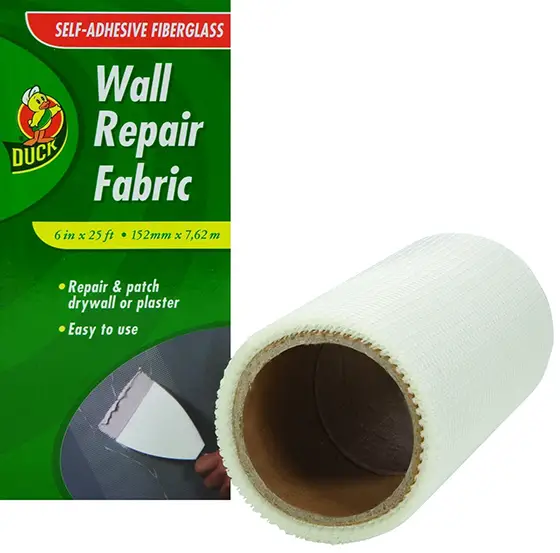

When a wall face has sufficiently set, an adjoining face can be safely applied. Over a period of a few hours, as the plaster chemically sets on the wall, it is periodically smoothed or textured using hand trowels, until the desired finish is achieved. Working quickly, a thin layer (usually one to three millimeters) of finish plaster is applied over a wall face before the plaster begins to congeal in the bucket. After the blueboard or base coat covers the interior of a room, the finishing plaster is mixed in batches (typically about 5 gallons), by blending plaster powder with water, to the ideal consistency. Plaster veneer may also be applied to ordinary drywall, or over existing walls, but this requires "gluing" the existing wall surface by painting on a special adhesive compound, and then applying a thin layer of "base coat" plaster. Plaster veneer wallboard is blue or gray. In North America, the color of the face paper of drywall indicates its intended application: white for standard, green for moisture resistance, etc. The plaster veneer method begins with the hanging of specially designated drywall ("blueboard"), in the conventional manner., N.B.

Methodology Ī plaster veneer wall being troweled smooth. In such cases, if the plaster's natural color is not desired, tints can be added as part of the mixing process, or can be introduced unevenly for artistic color effects. Because bare plaster can be appealing to the touch, and paint would add an additional layer, some decorators opt to leave exposed plaster in some or all of a room, as a creative choice. Plaster veneer walls are usually similarly decorated, but unpainted plaster can also serve as a finish. In most rooms, such walls are finished with paint or wallpaper. Consequently, plaster veneer might be an appropriate choice in the renovation of an older house with existing lath-and-plaster walls.īare mud-and-tape drywall is generally only acceptable as a final decorating finish in utility spaces such as attics or garages. Drywall feels relatively warm and soft to the touch, while plaster feels cooler and very hard. In contrast, properly finished mud-and-tape drywall can be very planar, and industrially uniform in character. The veneer surface will closely mimic antique walls, with their hand-applied variations.
Excalibur veneer plaster full#
That may be sufficient if the areas are few and far between.Plaster veneer is well-suited to the renovation of older buildings, since it is an easier option than full re-creation of the original lath and plaster. If the weak areas are just a few and not too large, there are specialized plaster washers that are used to screw the weakened section to the lath to prevent further damage. In that case, you may need a more significant redo.

If, however, significant sections of the plaster are bulging outward, or if there is a large amount of the surface coat pulling away from the base coat (a sign that the plaster is in poor condition overall), this is not a good basis for a top coat beyond paint or paper. While drywall is more flexible and less prone to pulling away from the framing, sound plaster should be strong enough to hold the weight of a thin veneer. If the plaster is generally sound, you should have no problem. When this happens in a specific area, that section of plaster is basically unsupported and is prone to cracking and buckling inward. This is a strong structure unless a substantial amount of the keys have been broken (from temperature or humidity swings, structural shifting, physical damage). When real plaster is applied over wood lath, the base coat oozes through the gaps in the lath and sags or expands a bit forming "keys" that, when dry, hold the plaster layer to the lath.


 0 kommentar(er)
0 kommentar(er)
